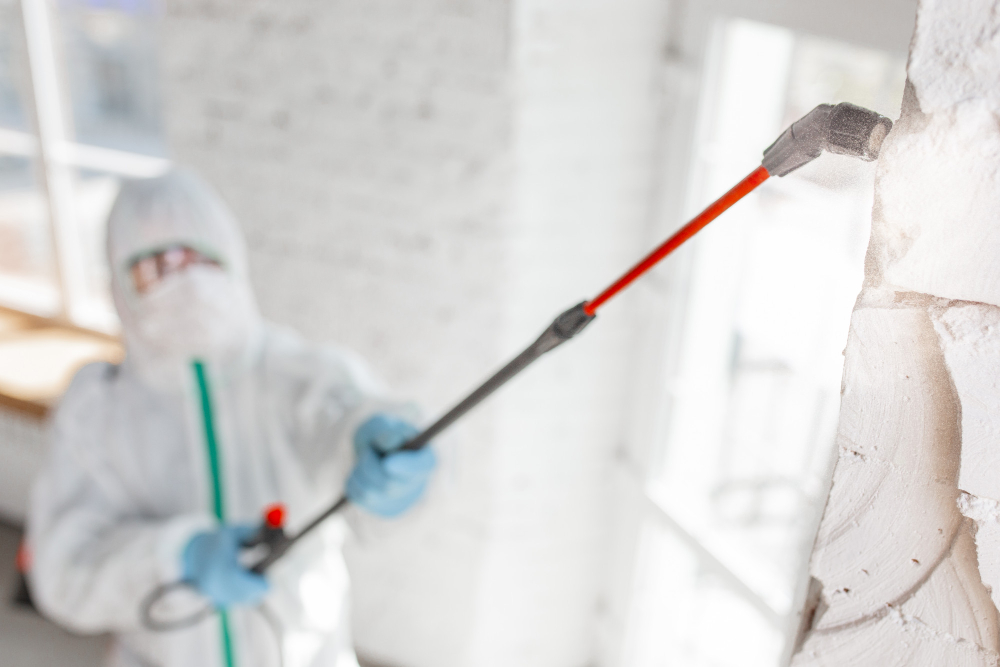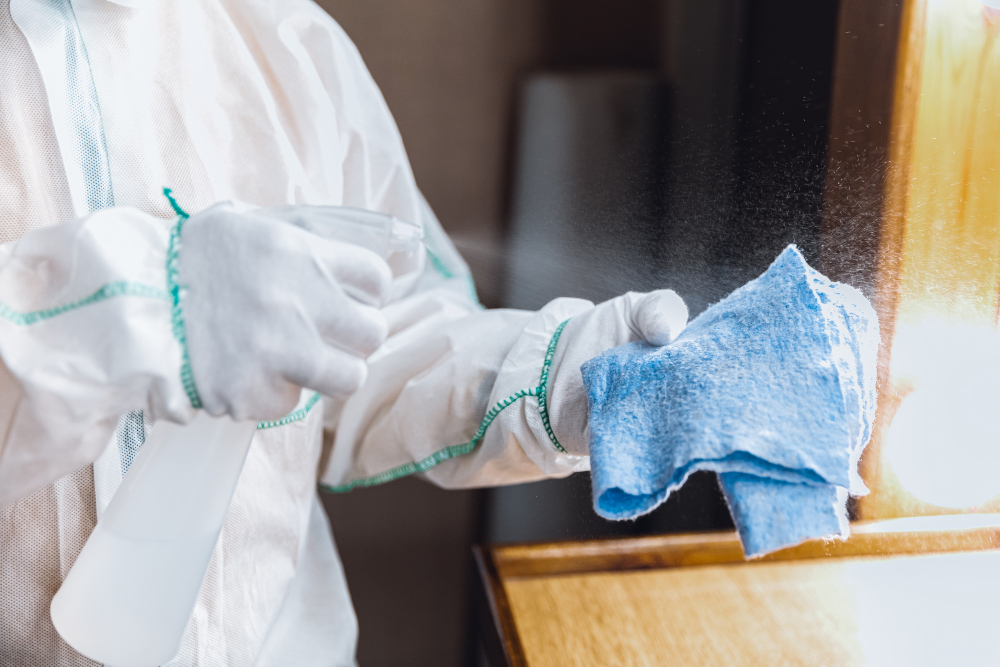As awareness of mold’s dangers grows, so does the recognition that its removal often requires more than just a DIY approach. Professional mold remediation has emerged as a specialized field, combining scientific knowledge with practical expertise to combat this persistent problem.
But what exactly separates the professionals from amateur efforts? What do professionals use for mold remediation? The answer lies in a combination of advanced techniques, specialized equipment, and industry-standard practices that go far beyond simple cleaning.
This article explains the importance of professional mold remediation in maintaining a healthy indoor environment. Mold not only compromises building integrity but also poses health risks. That’s why understanding the professional mold remediation process is essential for protecting both property and health.

What Do Professionals Use for Mold Remediation?
Professional mold remediation experts utilize a range of specialized tools and techniques to effectively address mold issues. Their arsenal includes HEPA vacuums, air scrubbers, moisture meters, and professional-grade antimicrobial treatments. They employ advanced containment strategies, such as negative air pressure systems and decontamination chambers, to prevent mold spore spread.
Professionals also use personal protective equipment like respirators and protective suits to ensure safety and prevent cross-contamination. Their methods extend beyond simple cleaning, incorporating industry-standard practices for safe mold removal and disposal. Post-remediation testing is conducted to verify the effectiveness of their work.
What Equipment Is Needed for Mold Remediation
Personal protective equipment (PPE)
Proper PPE is crucial for mold remediation. Respirators and masks protect against inhaling harmful spores, while protective suits, gloves, and eyewear shield the skin and eyes from contact.
The importance of PPE in mold remediation cannot be overstated. It safeguards workers from potential health risks associated with mold exposure and ensures compliance with safety regulations.
Detection and measurement tools
Moisture meters and hygrometers are essential for detecting moisture levels in affected areas. These tools help identify the root cause of mold growth and ensure thorough remediation.
Infrared cameras can reveal hidden mold and moisture behind walls or in hard-to-reach spaces. Air sampling pumps and mold test kits are used to detect and quantify mold spores in the air, aiding in assessment and monitoring.
Containment materials
Plastic sheeting and zip walls are crucial for creating containment barriers. These materials help isolate affected areas, preventing the spread of mold spores to clean spaces during remediation.
Negative air machines maintain proper air pressure, preventing cross-contamination. Air scrubbers equipped with HEPA filters are used to clean the air, removing airborne mold spores and improving overall air quality.
Removal and cleaning tools
HEPA vacuums are indispensable for removing mold spores from surfaces. These specialized vacuums capture tiny particles, ensuring thorough cleanup and preventing spore dispersal.
Dry ice-blasting equipment offers a non-abrasive method for mold removal. For manual cleaning, wire brushes, scrapers, and abrasive pads are used to physically remove mold growth from affected surfaces.
Chemical agents and biocides
Antimicrobial and antifungal solutions are essential for treating mold-infested areas. These products help kill existing mold and prevent future growth on treated surfaces.
EPA-approved biocides are used for safe and effective mold removal. These specialized disinfectants and cleaners are designed specifically for mold remediation, ensuring thorough treatment while minimizing health and environmental risks.

Best Practices in Professional Mold Remediation
Professional mold remediation experts follow industry standards set by organizations like IICRC and EPA, prioritizing certification and ongoing training. They address the root causes of mold growth, implement preventive measures, and educate homeowners on maintaining mold-free environments.
Best practices include using non-toxic, eco-friendly cleaning agents and minimizing environmental impact during remediation. Experts focus on thorough remediation by tackling underlying issues like moisture problems or poor ventilation. They also apply preventive measures such as improving airflow or using mold-resistant coatings.
By adhering to these best practices, professionals ensure effective and safe mold remediation. This approach prioritizes the health of occupants and workers throughout the process. It also leads to long-lasting results.
Choosing the Right Mold Remediation Professional
Checking credentials and certifications
When selecting a mold remediation professional, it’s crucial to hire certified and experienced experts. Proper credentials ensure the professional has undergone rigorous training and follows industry best practices. This increases the likelihood of effective remediation.
Verify the professional’s certifications and memberships in reputable organizations such as IICRC or NADCA. These affiliations demonstrate a commitment to ongoing education and adherence to industry standards, providing peace of mind for homeowners.
Evaluating experience and expertise
Inquire about the professional’s past projects and success stories. An experienced remediator should be able to provide examples of similar jobs they’ve completed successfully, giving you confidence in their ability to handle your specific situation.
Look for specialists who focus primarily on mold remediation rather than general contractors. Specialized expertise ensures they have in-depth knowledge of mold behavior, remediation techniques, and preventive measures, leading to more thorough and lasting results.
Assessing customer service and support
Pay attention to the professional’s communication style and responsiveness. A reliable mold remediator should be easy to reach, prompt in addressing your concerns, and clear in explaining the remediation process.
Expect the professional to provide detailed, written estimates and comprehensive reports. These documents should outline the scope of work, timeline, costs, and any potential challenges, demonstrating transparency and professionalism in their approach to your project.
Conclusion
We hope this article has helped you appreciate the complexity and importance of proper mold remediation, highlighting why it’s often best left to certified experts. Comprehending what do professionals use for mold remediation is crucial for ensuring effective and safe treatment of mold issues in your home or business.
This article has covered all the major equipment used by professionals for mold remediation. From industry-standard cleaning agents to specialized equipment and protective gear, these tools and techniques form the backbone of professional mold removal services.
With this guide, you’re now better equipped to evaluate services and understand the process. Remember, while DIY methods might seem tempting, professional remediation offers the most thorough and lasting solution to mold problems, protecting your property and health in the long run.


